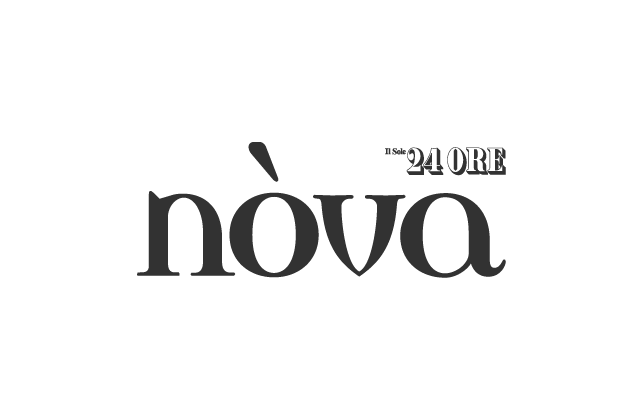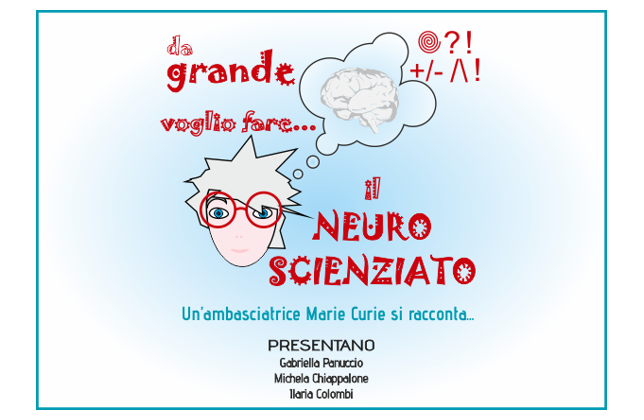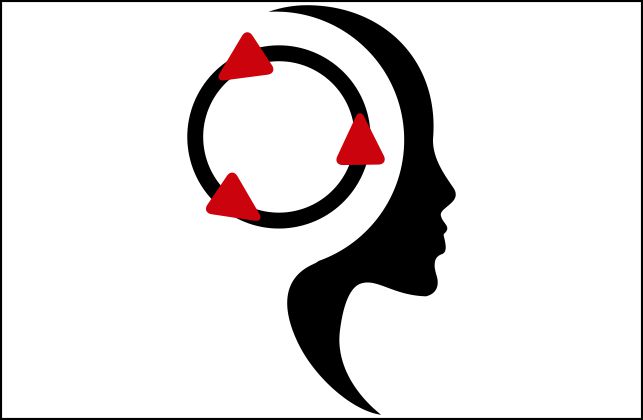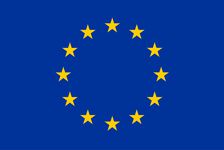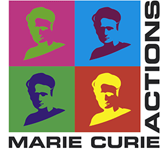Bridging the gap of neuronal communication by means of intelligent hybrid systems

ReBUs aims at the development of intelligent biohybrid systems to repair dysfunctional brain circuits
WHY
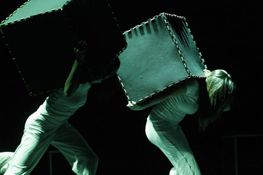
Disabling disorders of the central nervous system affect more than one billion people worldwide
Patients and their care-givers carry the burden of coping with hard every-day challenges. Despite our strong commitment to prevention and treatment it is foreseen that the number of affected people will keep increasing and so will the global burden of neurological diseases.
Image courtesy of the European Union - EU Photo Gallery
CHALLENGE

Repairing a dysfunctional brain is one of the hardest challenges in health research
Whenever a neuronal pathway is broken pharmacological treatment is not suitable to physically heal the damaged brain, while intrinsic technical drawbacks still limit the sole use of either biological means (e.g. neural transplants) or engineering strategies (e.g., artificial neural networks, deep-brain stimulation). Thus, it is necessary to design novel unconventional systems for brain repair.
Image courtesy of the European Union - EU Photo Gallery
LEADING VIEW

The leading view of Re.B.Us is that the sole exploitation of either biological or engineering means will fail the challenge of functional brain repair
A biohybrid system, made up by the functional partnership between biological and artificial components, may successfully recover the physiological function of the injured brain.
Image: Cape Reinga Lighthouse
PERSPECTIVE
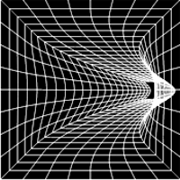
The ultimate goal of Re.B.Us is to obtain a biocompatible hybrid device of previously unexpected stability, capable of pursuing a self-healing process of dysfunctional neuronal circuits
In the wake of Re.B.Us, newly designed brain repair strategies will be tailored at the individual scale and will be capable of overcoming the limitations posed by inter-individual and disease-related variability.
Image: Open Cliparts - www.opencliparts.org

 News & Events
News & Events
